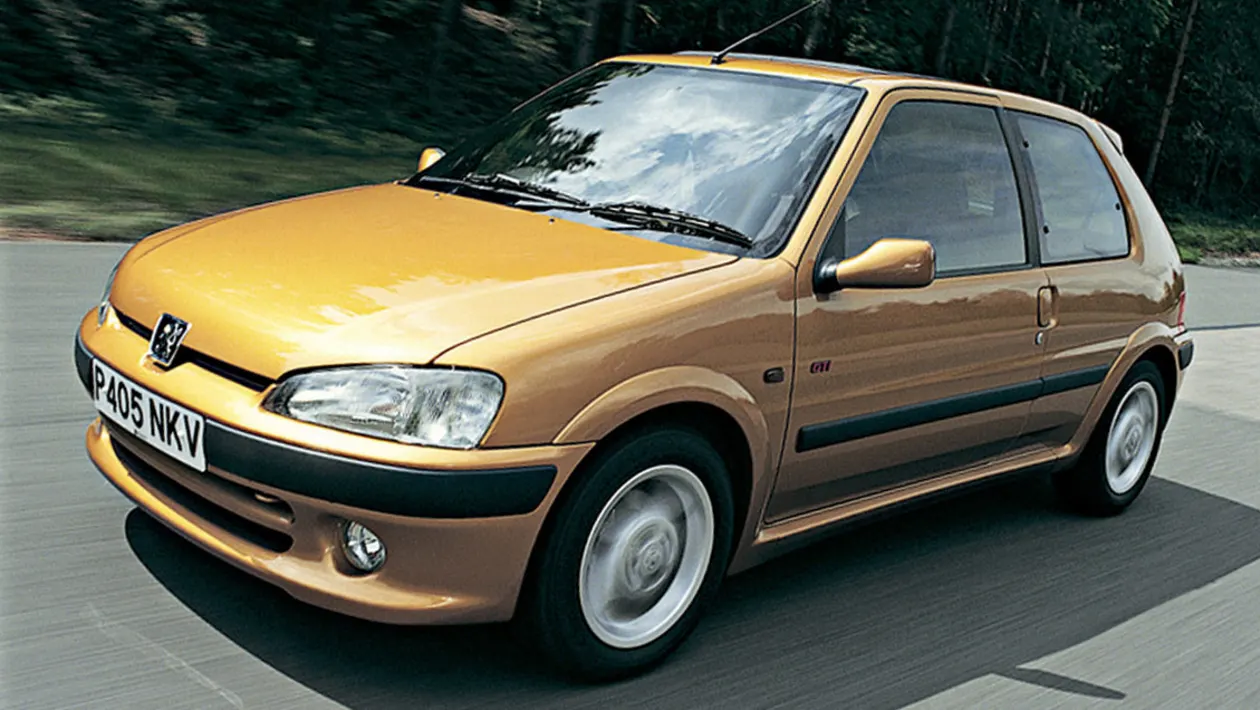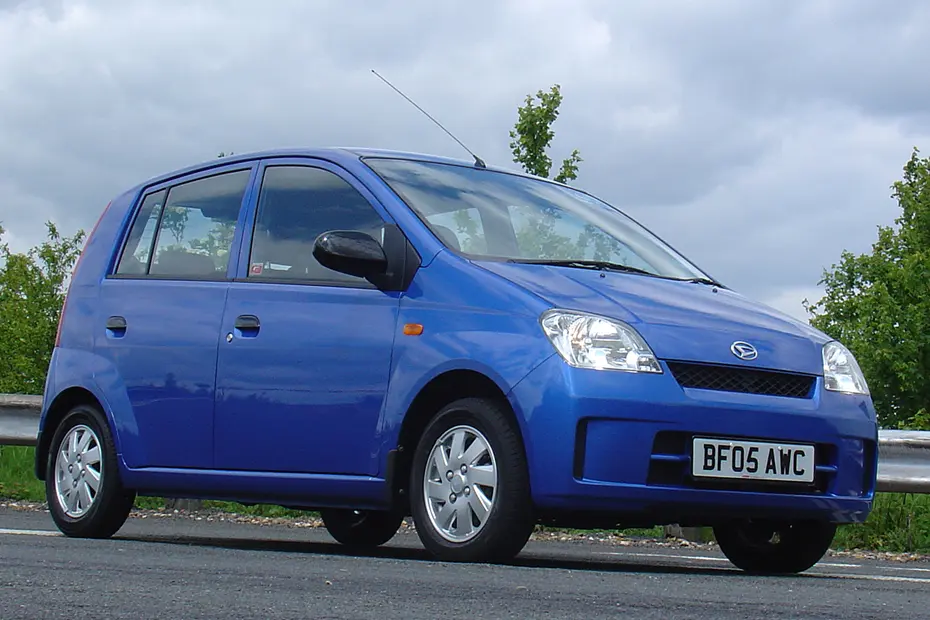The Supercar Renaissance & the Birth of the Hypercar Part 1
In today's world it seems that when a new supercar arrives we already know what to expect and if i'm honest they're not that exciting in my opinion.
But back in the late 80s and early to mid 90s the arrival of a new supercar was an exciting moment in automotive history. Especially if it was supposedly capable of 200 MPH, the period between 1987 and 1997 is what I like to call the 1st Supercar Renaissance, a period when we got a special group of cars that have gone down in history as some of the most breath taking supercars the world has ever seen. They pushed the technological limits of the time and achieved what was to most, impossible.
Now as i'm sure your aware cars had long been able to achieve 200 MPH before the 80s but cars like the Porsche 917 and Auto Union Type D were racers that were never meant to be bought and driven by the lucky few who could have afforded one. But I digress.
The Ferrari F40 has gone down in history as possibly the greatest supercar of all time, a view shared by many motoring journalists. They praised it's simple philosophy of low weight and high power with many liking it to big go-kart. It's stood the test of time not only against rivals of the time but against modern competition with decades more innovation. It was the first (201 MPH) and in some ways, that makes it the best. But if you ask me, the best car of this period should combine the best of both old and new world technology.
Following on from the F40, the early 90s saw an explosion of 200 MPH hypercars with the Lamborghini Diablo, Bugatti EB110, Jaguar XJ220 & XJR-15. the Lister Storm and the McLaren F1.
I've always viewed the Jaguar XJ220 as a disappointment, it promised so much yet only delivered half of what it had promised back in 1988, and yet despite its V6 engine, rear-wheel drive and questionable build quality it still achieved a lot. 217 MPH at Nardo in Italy (albeit once the catalytic exhaust was removed). It was one of the first cars with a rear diffuser to stabilize it at high speeds and it was far more luxurious than an F40. But to drive, some consider the brakes weak and find the width makes it awkward to drive and less exploitable than an F40. So near yet far, that sums this car up for me.




Comments
Post a Comment